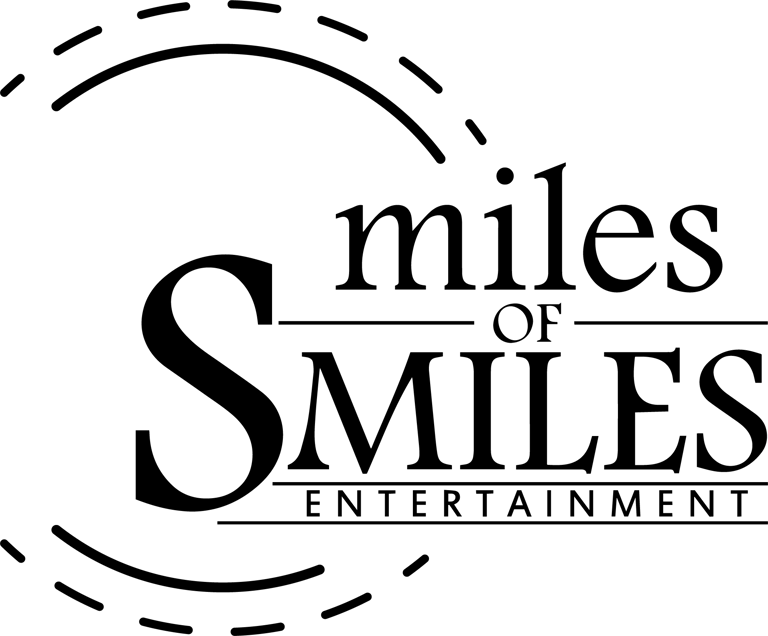Why a Signature Alone Tells You Almost Nothing — and why a professional never uses one for analysis
By Deborah Colleen Rose
10/21/20254 min read
Why a Signature Alone Tells You Almost Nothing — and why a professional never uses one for analysis
Every time someone hands me a crisp little signature and asks, “So — what does this say about me?” I feel like a stage magician being asked to reveal the trick after only seeing the flourish. A signature is a performance, not a portrait. It’s the public mask a person wears on paper — sometimes theatrical, sometimes shorthand — and rarely the reliable evidence of the private habits a true handwriting analyst needs.
Below I’ll explain, plainly and sharply, why professionals reject signatures as standalone samples, play devil’s advocate for the entertainment crowd, list what is useful, and give a short script and checklist you can use if you do readings at events.
The core problem: signatures are not representative
Think of handwriting as someone’s handwriting ecology — baseline rhythm, punctuation of space, pressure, and letter forms that evolved over thousands of casual acts. A signature is a snapshot of a costume change. It’s often:
Stylized — intentionally simplified or embellished to look distinctive.
Rehearsed — practiced for speed and consistency, often taught to children or refined to make signing quick.
Variable by context — people sign quickly when rushed, beautifully when signing a cheque for a bank, sloppily when annoyed, and differently when impersonating someone.
Identity-driven — signatures serve identification, branding, or legal function. They’re about being recognized, not about revealing personality.
A professional analyst needs natural, spontaneous writing — paragraphs, notes, letters — things written at normal speed, where the motor habits underlying letter formation show up. Those habits reveal rhythm, pressure, letter shape, connectivity, slant, baseline movement, and spacing. You don’t get that from a stylized flourish.
The technical shortcomings: what signatures hide
A signature can hide or distort at least these signals professionals rely on:
Speed vs. formation — Speed masks formation. At high speed people simplify or join strokes. You need slower, normal-speed samples to judge letter formation reliably.
Letter consistency — In signatures people may draw a tiny “a” one way and a full “a” another. Without full words and repeated letters, you can’t compare.
Pressure and pen-resting behavior — Pressure variation across a paragraph shows emotion or energy patterns; a quick signature compresses that information.
Baseline and spacing — Does writing rise like a hill or wander like a river? Signatures are often on a single line and don’t reveal baseline tendencies.
Connectivity and rhythm — The way letters connect (or don’t) in running text reveals thought-organization and motor sequencing. Signatures are often connected for speed, not because of cognitive style.
Forgery/disguise risk — Signatures are the prime target of forgery; accepting one sample without corroborating text invites false positives and mistaken inferences.
The ethics problem: the damage of overclaiming
When “handwriting analysis” is done for entertainment using signatures alone, it invites harm:
False certainty: Readers (and listeners) assume expertise and then take the reading as truth.
Privacy & reputation risk: A careless negative inference about honesty, mental health, or integrity can stick to someone.
Professional harm: Real analysts who work for courts or investigations are undermined by sloppy public presentations.
If you claim to be a professional (or even a credible amateur), you have an ethical responsibility to disclose limits when you use a signature-only sample.
Devil’s advocate: can a signature tell you anything at all?
Yes — with big caveats. A seasoned analyst might glean a hint from a signature: a heavy right-side stroke can suggest forward energy; an extremely cramped signature might suggest private tendencies; an over-decorated signature may indicate a public persona. But those are gestures, not diagnoses. They’re like glimpsing a mountain peak above clouds — intriguing, but not enough to map the range.
In short: signatures can suggest leads, never prove. Treat them as hypotheses, not conclusions.
What to ask for instead — the professional sampling checklist
If you want a meaningful analysis, request these, and explain why to the client:
A natural paragraph (100–200 words) — a short handwritten answer to an open question: “Describe in a few sentences your favorite holiday memory.” (Shows free-flow formation.)
A copied paragraph — to compare spontaneous vs. copied writing; helps spot disguise.
A dated sample — include date/time to observe temporal changes.
Full name written naturally (not signed) — ask them to write their full name as they would in a sentence: “My name is…”
A few repeated words — write the same word three times at normal speed.
Different conditions — if relevant, a hurried sample and a relaxed sample (e.g., write your shopping list vs. write a thank-you note).
Multiple samples over time — if possible, samples from different days to check stability.
Tell them: “Signatures are welcome for legal/ID reasons — but I’ll use these other samples to form an analysis.”
A short professional script for events (what to say)
Here’s a straightforward, honest script you can use at parties or booths:
“I can give a quick, fun impression from a signature, like a snapshot. For an accurate, professional insight I need a short piece of normal handwriting — one paragraph or a few sentences. Signatures are stylized; they’re a mask. Would you like the quick impression, or the fuller reading?”
Pair that with a clear waiver/disclaimer: “This reading is for entertainment/insight. It is not a clinical or forensic judgment.”
Pros & cons of accepting signatures (quick list)
Pros
Fast and marketable at events.
Familiar and comfortable for clients.
Useful as a supplemental sample in a fuller package.
Cons
Highly unreliable alone — may mislead.
Easier to forge or disguise.
Ethically dubious if treated as definitive.
Poor basis for forensic or legal claims.
Final word — be a steward of truth, not a showman
If you’re a professional, your credibility rests on telling it like it is: a signature is at best a clue, not the answer. If you’re an entertainer, be upfront. Teach your audience that real analysis is like archaeology — you need layers, context, and multiple samples to reconstruct the real story. A signature? That’s the hat on top of the statue. It might be stylish. It doesn’t tell you what the statue is made of.

972-484-3232
© 2024. All rights reserved.


